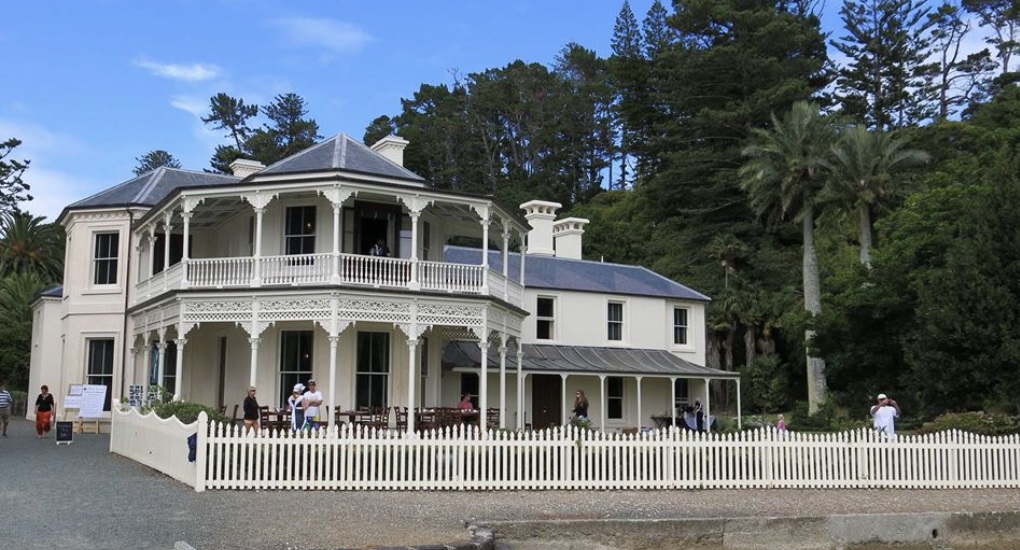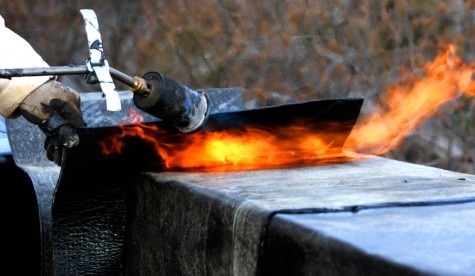
When it comes to waterproofing heritage or old wooden structures, caution and expertise are paramount. A poignant reminder of this came from a devastating fire at a historic homestead in Hawkes Bay. The tragedy unfolded during a renovation project, highlighting the delicate balance between preservation and risk.
Refurbishing heritage buildings poses unique challenges. These structures, often poorly maintained and laden with hazards, demand meticulous attention. Conventional waterproofing methods involving naked flames or volatile chemicals are simply too risky. Instead, cold applied membranes like IKO Prevent or hot Neuchâtel Mastic Asphalt offer safer alternatives.
At Neuchâtel, we specialize in heritage building refurbishments, having restored iconic landmarks like William Gummer’s family home, Stoneways, Epsom and Highwick House. But arguably the most delicate restoration was at Governor Grey’s Mansion House on Kawau Island. With nearly two centuries of history, this wooden marvel underwent a meticulous restoration, including the application of natural Neuchatel Mastic Asphalt. Renowned for its strength and water resistance, our product ensures structural integrity without compromising safety.
Mastic Asphalt’s durability ensures it will withstand the test of time, offering reliable protection for decades to come.
With over a century of experience, Neuchatel remains committed to delivering durable, environmentally friendly, and cost-effective solutions for large-scale projects. Trust in our expertise to safeguard your heritage treasures for generations to come.
